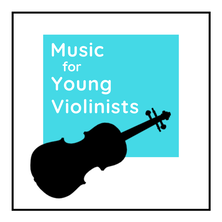|
Do you know what finger patterns are? If you have not started finger patterns yet, then today is the day! It will take you about 4 minutes to learn the finger patterns and then 1 minute/day to practice. You will benefit immensely from mastering finger patterns and they will help you build technique, make music theory applicable to violin playing and aid you in learning your repertoire faster. Keep scrolling to learn more. The best way to learn finger patterns without an instructor is thru either a chart or a tutorial video (like the ones below) . I like to teach them in the sequence displayed below and include the less common finger patterns of 1-2-3 and 2-3-4 together as well as all fingers together (half steps) and all fingers apart (whole steps). Once you have these mastered, the next step is to start applying them to your music. Now that you are thinking in terms of half-steps and whole-steps, mark these into your music so the concept starts to click. After a while of using finger patterns, you will notice you learn pieces faster and have improved intonation. Did you catch the fun pop reference? Here are some hints: The sci-fi TV show and movies Star Trek & character Spock Have a violin finger pattern tip?
Please let us know in the comments below, thanks!
2 Comments
Let’s face it, getting kids to stay engaged during violin practice can be tough. Whether they’re tired after a long day at school or they’re frustrated with a particular skill, kids can get easily distracted. To help keep your student or child motivated, try implementing a few violin games into their practice session. Not only will games keep them engaged, but they will also help reinforce important skills and techniques. At TakeLessons, we’ve compiled a comprehensive list of over 20+ violin games. Each game works on a particular skill, such as reading music, ear training, and violin posture. What’s more, these games can be applied to almost any instrument. Below is a sample of a few games both parents and teachers can play with their budding musicians. Simon Says: To help with ear training, play this new rendition of the old-school game “Simon Says.” Taking on the role of “Simon,” start by issuing instructions to the student(s). For example, when you play A on the violin, the kids have to stand up. Or when you play E, the kids have to sit down. Spot the Mistake: Start by showing students the proper bow hold, then ask them to close their eyes while you set up your bow hold with one obvious mistake; for example, a straight thumb. Once you’re ready, ask students to open their eyes and spot the mistake. They get three chances to guess the mistake before moving on. Tree Trunk: To practice the proper violin posture, have the child pretend he or she is a tree in the middle of a tornado. If the student’s feet are placed too narrow, then the wind will be able to push him or her over sideways. If his or her feet are placed too wide apart, then the wind can pull him or her forward or backwards. Children can get easily burnt out when trying to master a complex instrument such as the violin. To help keep them motivated, mix up their practice routine with these fun, educational games. To view all 20+ violin games, click here. This article originally appeared on TakeLessons.com. Brooke Neuman is a violin and piano editor at TakeLessons, an online marketplace that connects thousands of teachers and students for local and live online music lessons.
I have a magic bag. When I put something in this “magical” bag it makes the object grow into a larger version of itself. For example, if I put a miniature notebook into the magic bag, I get back a large notebook. I started this trick in my teaching to help with review of the *Blue Jello (set 1) rhythm cards. I wanted to fortify this foundation of fundamental rhythms before we learned the second set of this rhythm card series. The Blue Jello (set 1) cards happen to come in both a small and large size which naturally led to this playful idea. This simple trick for reviewing first year material turned into a very captivating way to begin a class and my students never even realized we were doing review.
As the school year went on I realized that the magic bag was more than a way to enchant my students into doing review and actually a metaphor for the learning process. When we come to class our knowledge is small and when we leave class it is bigger - this is the wonder of the learning process. As I realized this parallel I began to state it to my young students so they could be aware that they were growing and be able to feel empowered by this incredible process. I believe that learning and the growth that occurs along the way is one of the most satisfying experiences we can possibly have in this world. The magic bag helps us conceptualize the true magic of the learning process while having fun along the way. I also did this intentionally to plant in my young students an identity of being a learner and a student. If you have not already read the book The Talent Code by D. Coyle, I highly recommend it for several reasons. One of the reasons I recommend this book for educators and parents is to learn about the incredible studies that have been done correlating identity to success. In the video below I first share a brief view of how the magic bag works, the concepts and reasons behind it and then a clip of me using my magic bag in the classroom. In this video I reference the importance of mindsets - for more information on this I recommend Sal Khan's article The Learning Myth: Why I'll Never Tell My Son He's Smart. I also reference the power of identity - for more information about this and to learn of some compelling studies involving learning and identity I recommend reading D. Coyle's book The Talent Code. * To learn more about Blue Jello Cards rhythm cards and the Music Mind Games music theory curriculum click HERE. |
Categories
All
Archives
February 2024
AuthorHi! It's me, Heather. I absolutely love working on the Music for Young Violinists project and all the many facets: blogging, website, music, teaching materials, freebies, videos, newsletter and giveaway contests. The best part is connecting with you so feel free to drop me a line. You can learn more about me on the "ABOUT" page. Thanks! |
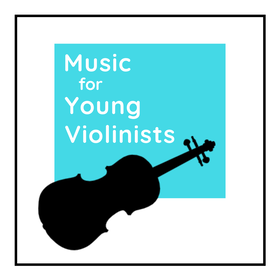
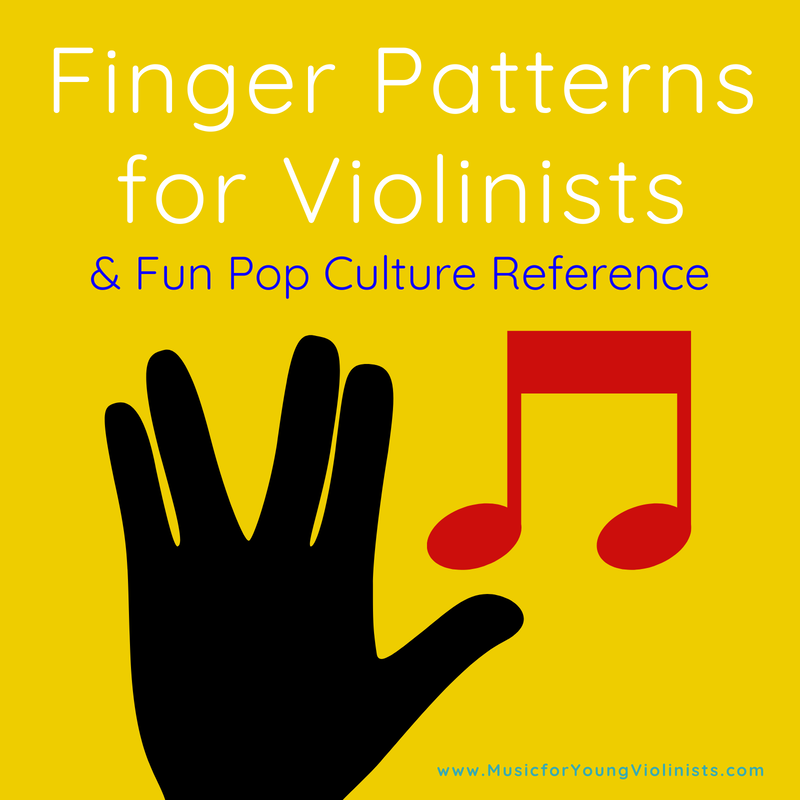
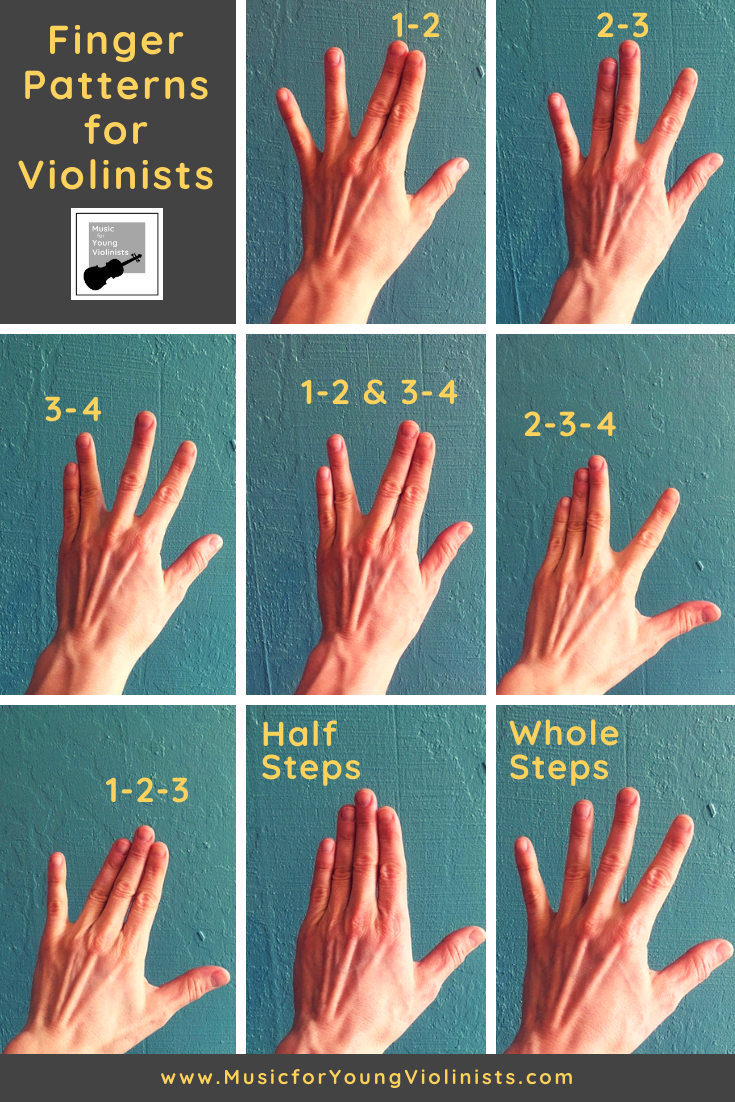
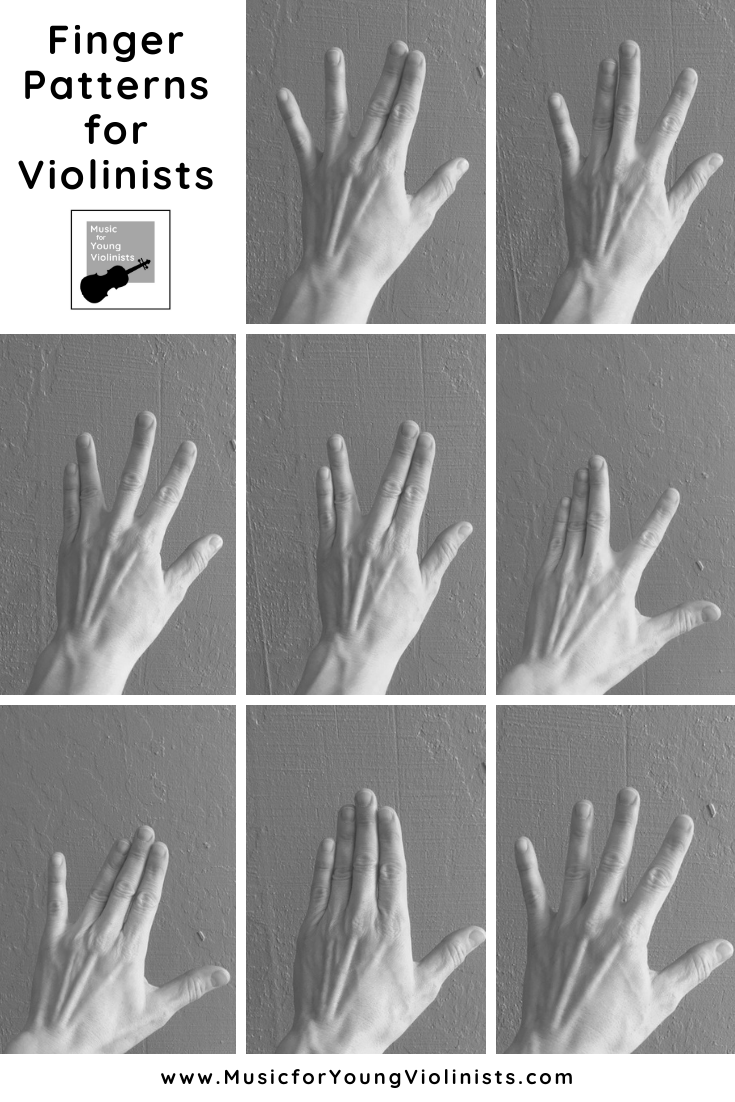
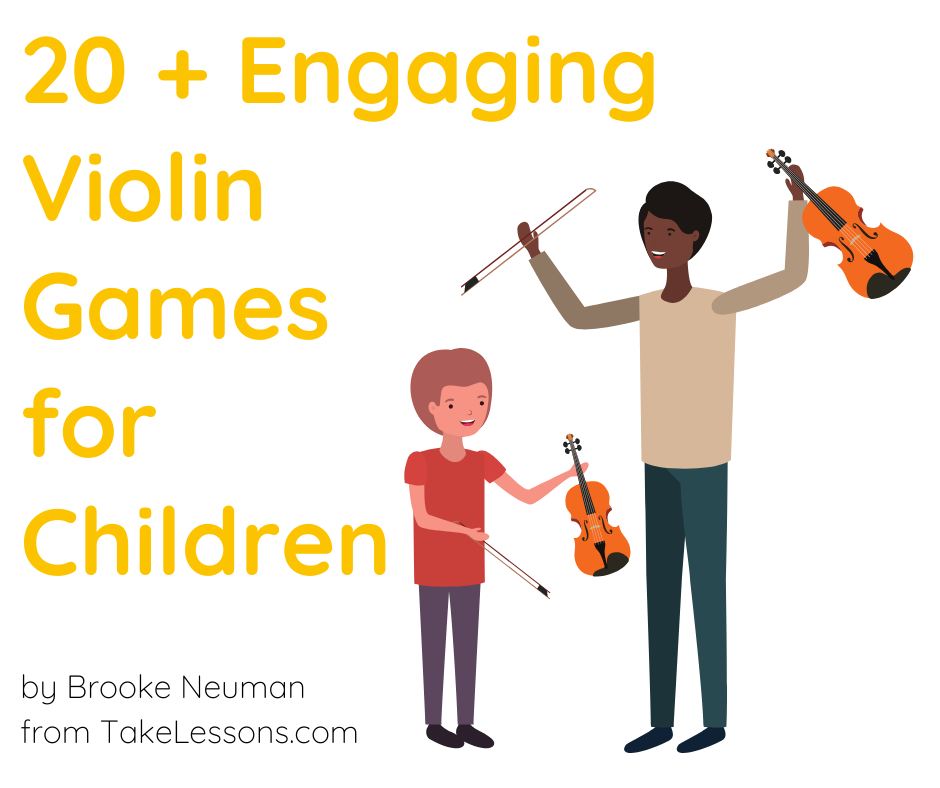
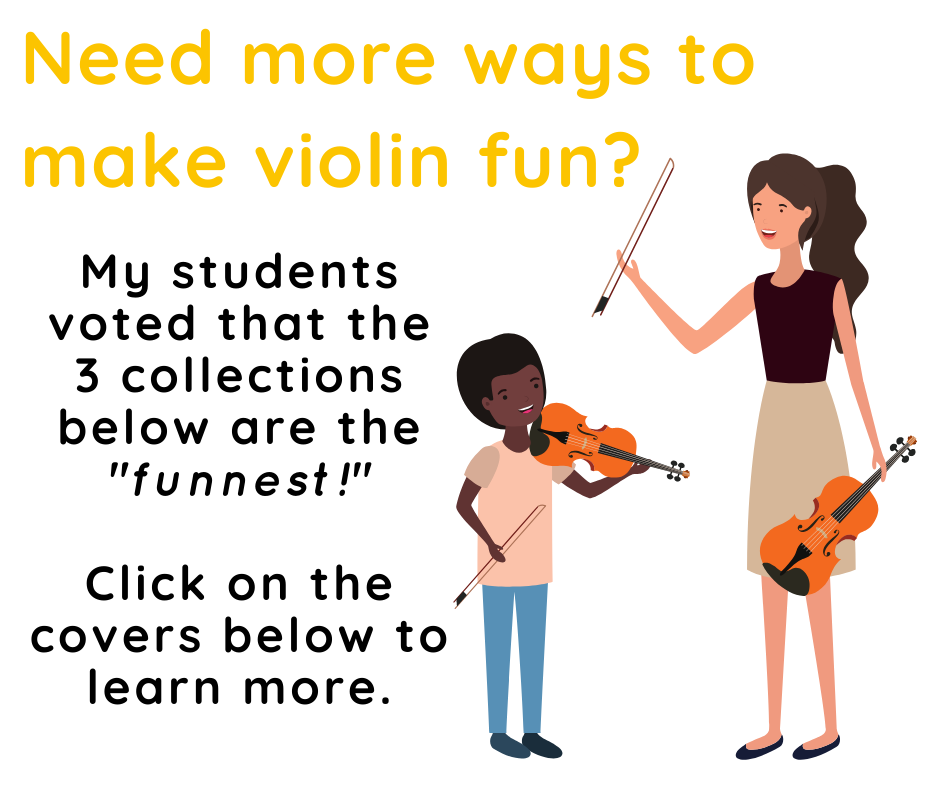
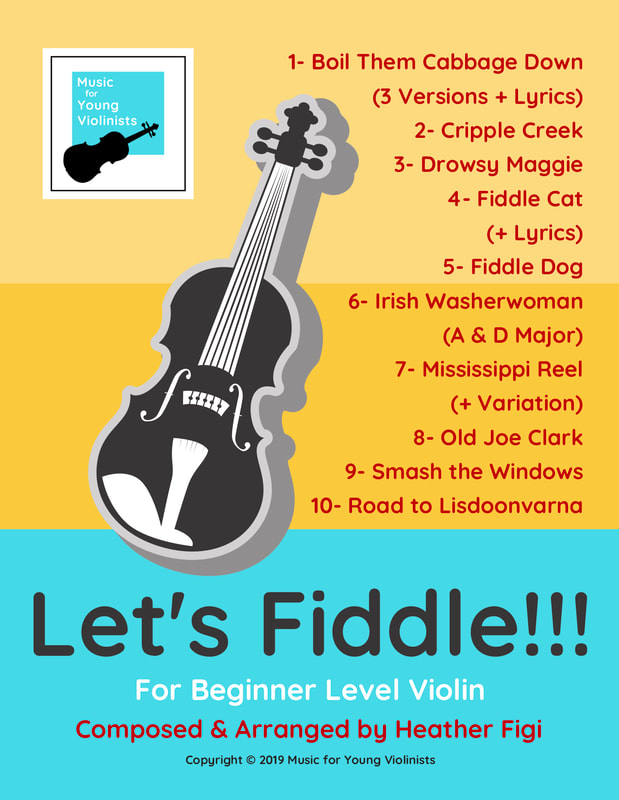
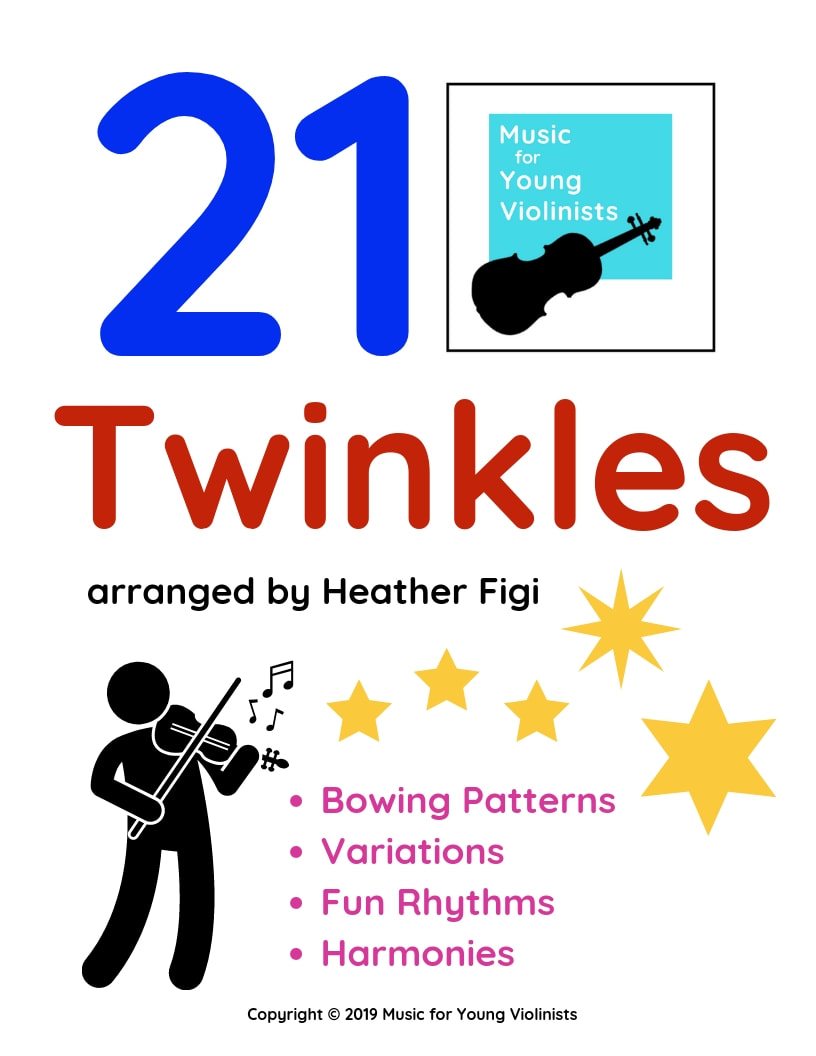
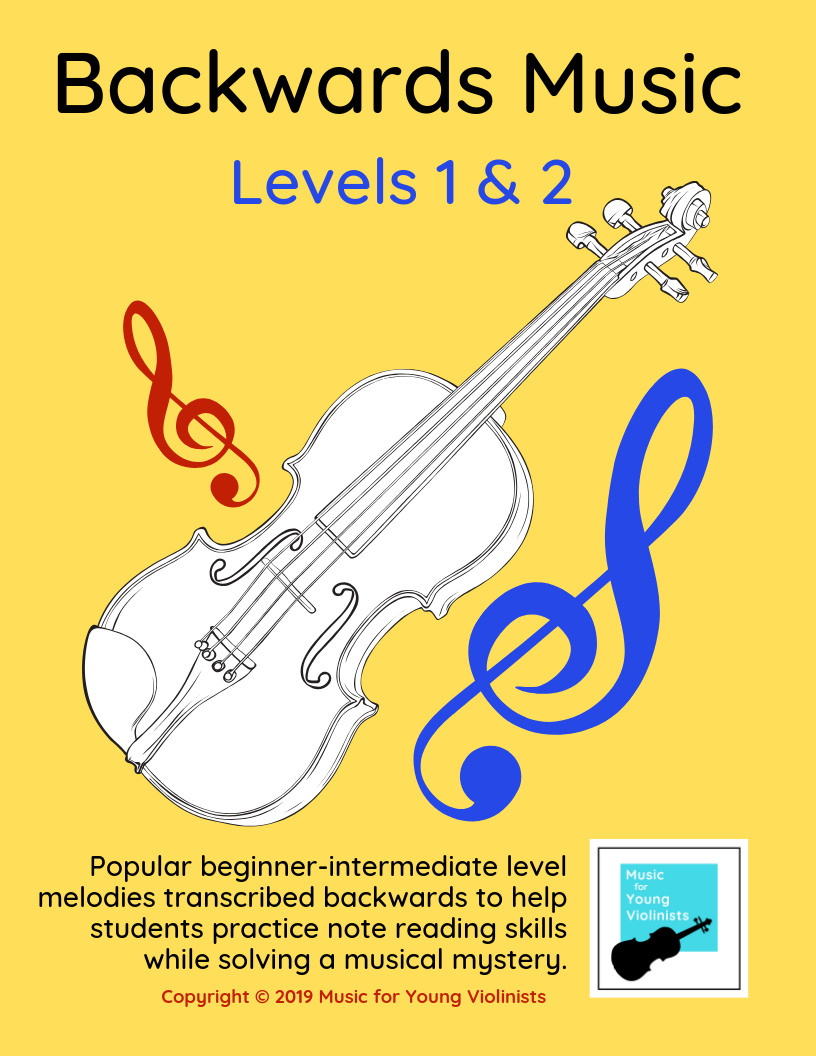
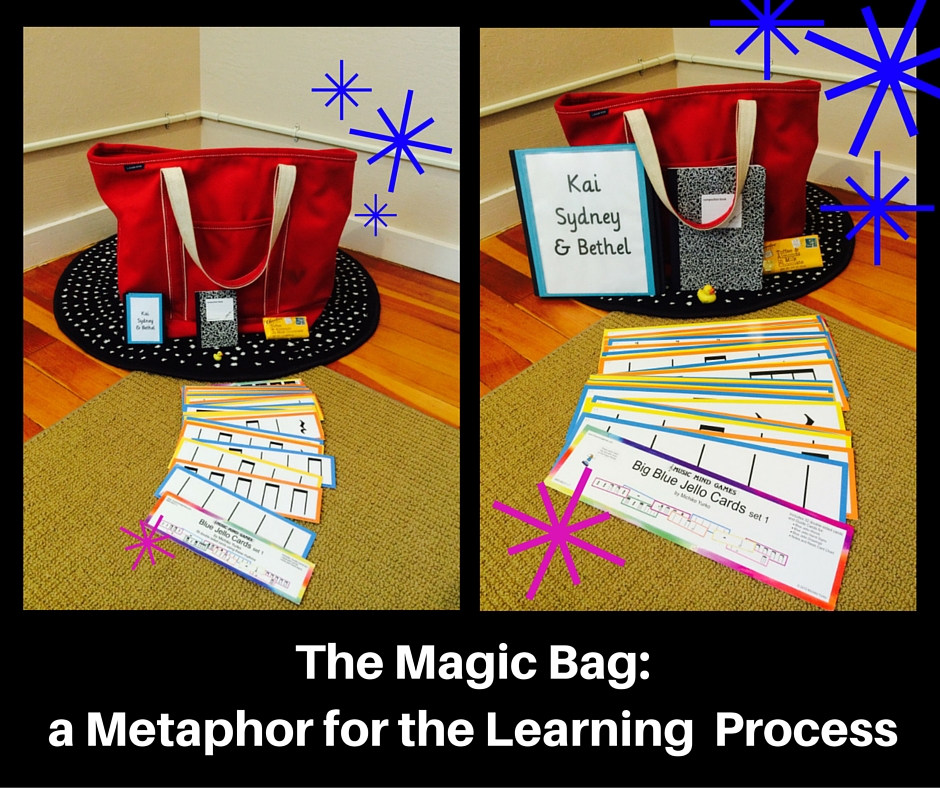
 RSS Feed
RSS Feed
